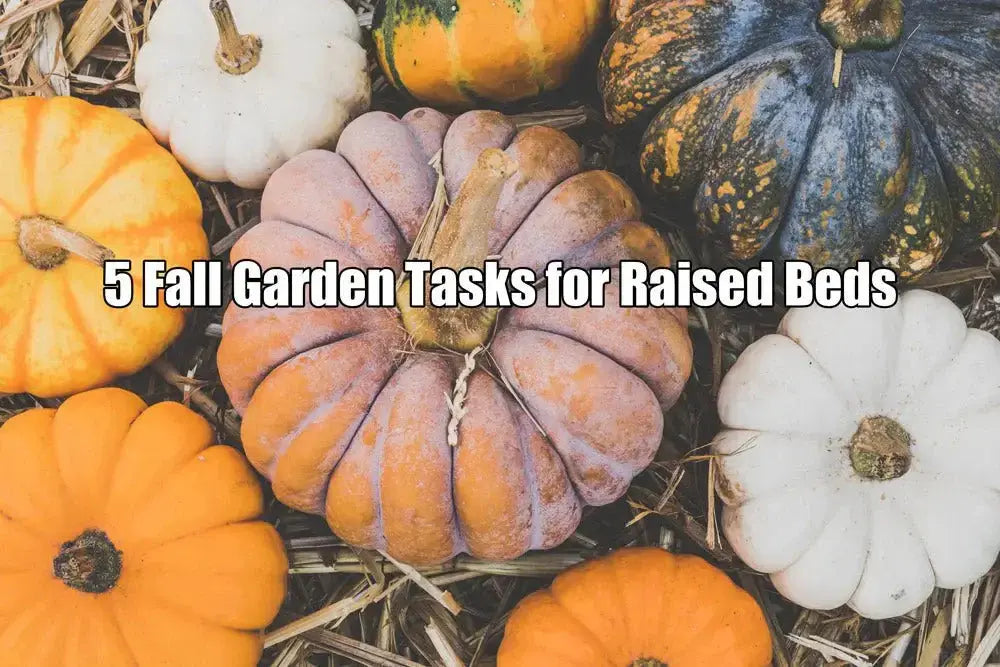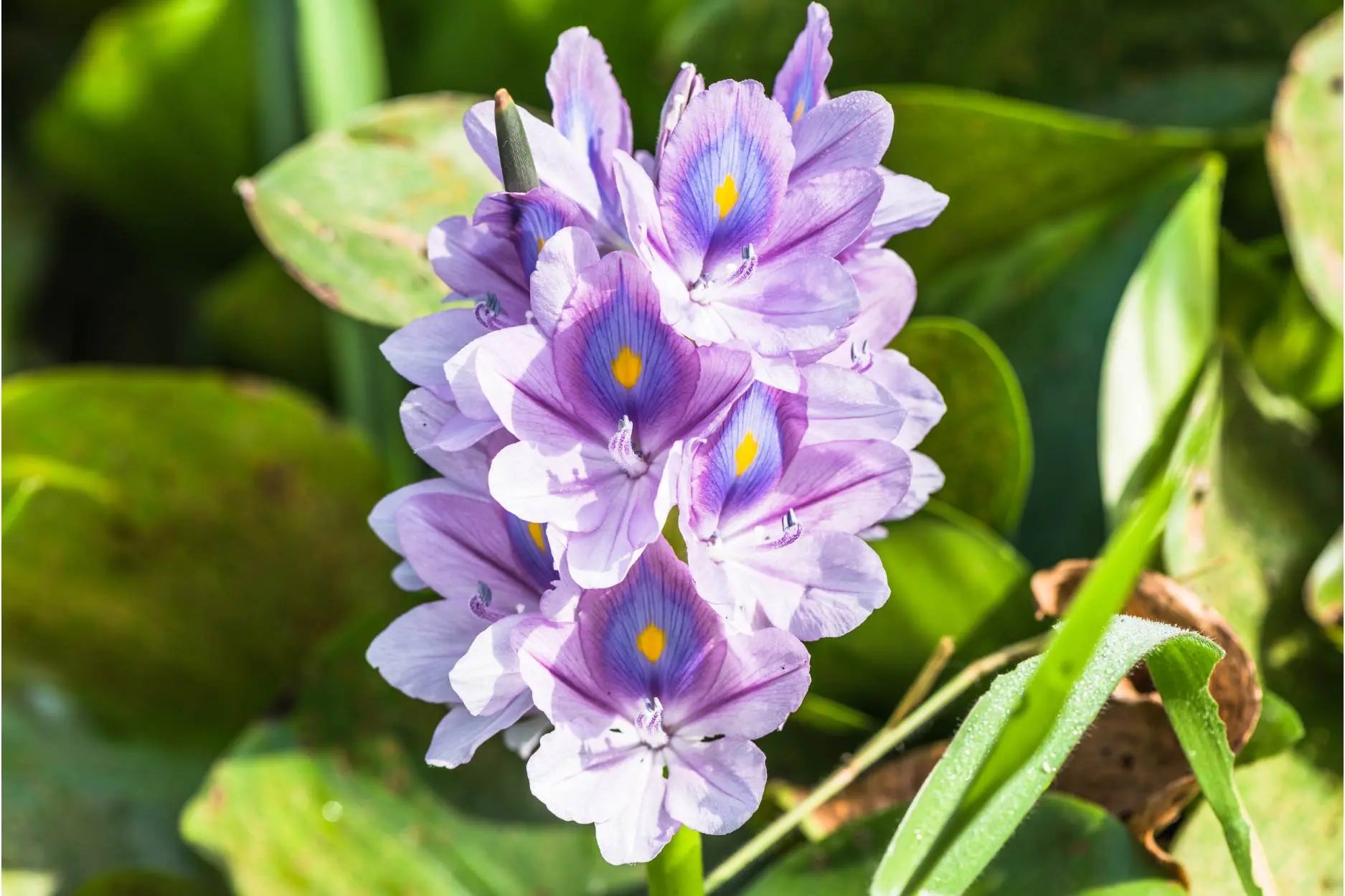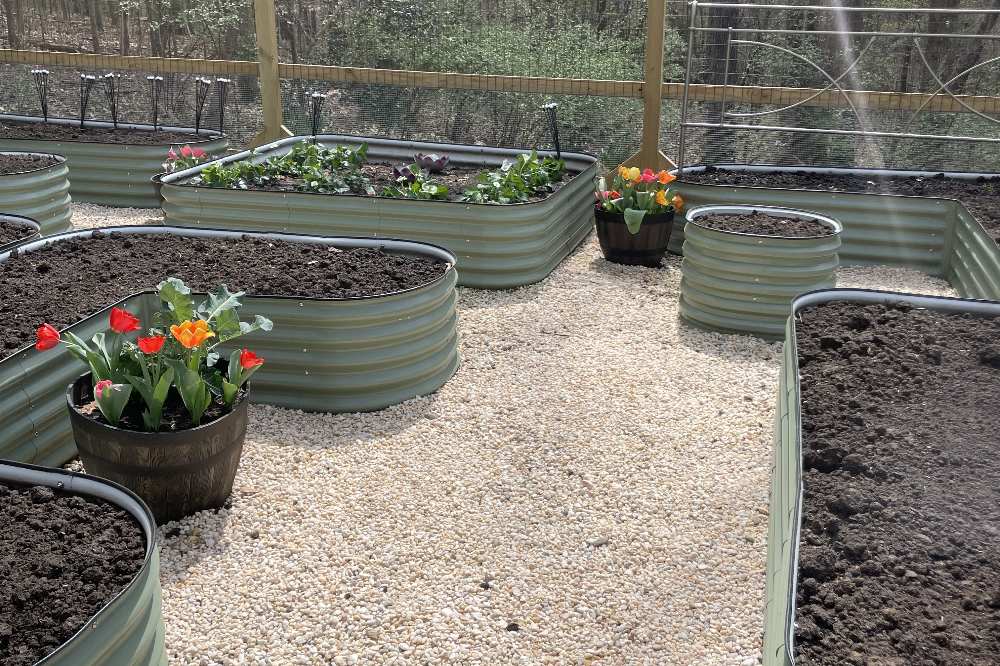Seasonal Garden Protection: Frost, Wind & Rain
Fall is a beautiful season for harvesting and enjoying the garden's final blooms, it also marks the beginning of unpredictable weather—cold nights, gusty winds, and heavy autumn rains. For gardeners using metal raised garden beds, this transition is a crucial time to prepare and protect plants from the changing climate. A few simple measures, including the use of a raised bed cover, can make all the difference between losing tender crops and keeping your garden productive well into winter.
How “Frost, Wind, and Rain” Threaten Your Fall Garden

Each fall weather element affects plants differently.
- Frost occurs when temperatures dip near or below freezing, causing ice crystals to form in plant cells. Even a light frost can damage leaves, blossoms, and tender stems.
- Wind dries out foliage and soil, snaps delicate stems, and can uproot shallow-rooted plants in lightweight soil mixes.
- Excessive rain saturates soil, leading to poor oxygen circulation and root rot, especially in containers or traditional in-ground gardens.
Fortunately, gardeners with metal raised beds already have an advantage. The elevated design promotes faster drainage, preventing waterlogging after heavy rains. The sturdy metal walls also withstand strong winds better than wooden or plastic planters, ensuring your garden structure remains intact through the season.
The Benefits of Raised Bed Covers in Frost Garden

A raised bed cover is one of the simplest yet most effective tools for extending your growing season. Covers create a controlled microclimate that shields plants from sudden temperature drops and cold winds. Depending on your garden’s needs, there are several cover materials to consider:
- Frost Blankets (Row Covers): Lightweight, breathable fabric that allows sunlight and water through while insulating plants against mild frost. Perfect for greens, herbs, and root vegetables.
- Polyethylene (PE) Covers: Thicker plastic material ideal for colder climates. They trap more heat, acting like a mini greenhouse over your raised beds.
- Mesh or Net Covers: Best used earlier in the fall or combined with other materials. They provide protection from wind, pests, and debris without overheating the plants.
For gardeners using metal raised beds, installing a cover is quite convenient in a fall garden. Vegega offers multiple options to suit different needs — net covers or a combined net + PE cover for all-season protection. The net cover helps block pests while maintaining airflow, and the PE cover shields plants from frost, wind, and rain. Most covers can be fastened directly to the included arched frame, creating a secure barrier that resists wind uplift. When temperatures rise during the day, simply open or vent the cover to allow air circulation and prevent excess humidity buildup.
By the way, do you know how to fully use raised garden beds with a cover? Read our guide on: Boost Productivity with A Guide to Raised Garden Bed with Cover.
Wind and Rain Protection Strategies
While frost is the biggest concern, it also brings strong winds and heavy rainfall. Protecting your plants involves both structural and soil-level adjustments:
- Add Anchors: For tall crops like tomatoes, kale, or Brussels sprouts, secure them with stakes or strings to keep them upright in high winds.
- Install Windbreaks: Temporary fencing or even a row of tall plants (like sunflowers or ornamental grasses) can reduce direct wind exposure.
- Use Mulch: A 2–3 inch layer of straw, shredded leaves, or compost helps stabilize soil temperature, retain moisture, and prevent erosion caused by rain.
- Improve Drainage: Ensure your raised bed has well-draining soil and unobstructed base holes. Metal raised beds naturally provide superior drainage, but checking before the rainy season helps maintain healthy root systems.
Why Metal Raised Beds Excel in Harsh Weather

Choosing metal raised beds offers distinct benefits for fall and winter gardening. Their durability and structural strength make them resistant to warping, cracking, and decay—issues that often affect wood or plastic beds after exposure to moisture and frost. Vegega’s galvanized steel beds, in particular, feature a zinc-aluminum coating that prevents rust and corrosion even in humid or cold conditions. This means your garden setup remains strong and stable for up to 20 years, season after season.
Additionally, the reflective metal surface helps retain warmth from the sun during the day and gradually releases it at night, providing subtle thermal regulation for the soil. Combined with a raised bed cover, this feature keeps root zones warmer, protecting sensitive crops like lettuce, spinach, and herbs from frostbite.
Preparing Your Garden for the Cold Season
To ensure your raised bed garden thrives beyond fall, follow these simple steps:
- Harvest mature crops before the first hard frost.
- Remove plant debris to prevent pests and disease from overwintering.
- Top-dress with compost to enrich soil for spring planting.
- Install raised bed covers as soon as night temperatures begin to drop consistently below 50°F (10°C).
- Monitor moisture levels—avoid overwatering, as cooler temperatures slow evaporation.
And we have a detailed guide on the fall tasks. Read it now.
Conclusion
Fall weather may challenge gardeners with frost, wind, and rain, but with the right tools and preparation, your raised beds can continue to flourish. A sturdy raised bed cover, combined with the durable metal raised beds, ensures that your plants stay protected from any severe weather conditions. By investing in high-quality garden tools and seasonal care, you can extend your harvest, protect your soil, and keep your garden thriving all year long.



